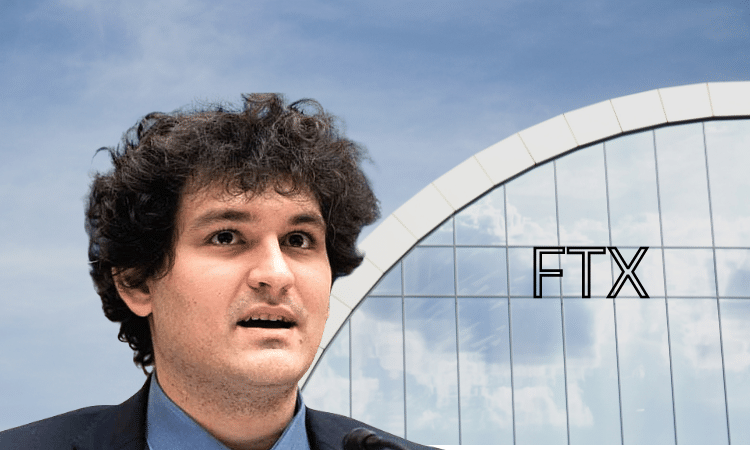Microsoft takes a 27% stake in the new OpenAI public benefit corporation
Microsoft and OpenAI announced a new deal on Tuesday that rewrites the core of their partnership and clears the path for OpenAI to convert itself into a for‑profit public benefit corporation.
The new structure gives Microsoft a 27% stake in the OpenAI Group PBC valued at about $135 billion, while the OpenAI nonprofit will hold around $130 billion in the for‑profit entity, removing Microsoft’s earlier controversial power to automatically be the default cloud provider for OpenAI.
According to the joint announcement, OpenAI has committed to purchase $250 billion worth of Azure cloud capacity, meaning Microsoft still gets massive infrastructure business even without first‑refusal rights.
The company also confirmed that Sam Altman will not receive equity in the new structure, which has raised plenty of amused eyebrows on Wall Street and Silicon Valley.
Microsoft keeps access to IP through 2032
The agreement gives Microsoft the right to use OpenAI’s models and technology, except for consumer hardware projects being developed with Jony Ive, until 2032.
This includes access to any models created after OpenAI claims to reach artificial general intelligence (AGI), but now such a claim must be verified by a third‑party panel of experts. Without independent verification, AGI does not count. Clean and simple.
Microsoft’s access to OpenAI’s research will end when AGI is confirmed, or in 2030, whichever comes first. When AGI is confirmed, the revenue‑sharing agreement between the two will also end.
So, the second AGI arrives and is officially recognized, the money rules flip. No long‑term royalties. No extra slices. Pull the cord. Done.
OpenAI is also now able to work with other companies, though it comes with conditions: API products must stay exclusive to Microsoft’s Azure cloud, while non‑API products can run on any cloud provider.
Meanwhile, Microsoft is now allowed to pursue AGI on its own, but if it does so using OpenAI‑related technology, it will face compute limits. In other words, “go build your own, but don’t backdoor‑accelerate yourself using ours.”
This deal also resolves Microsoft’s role as the main blocker to OpenAI’s shift into a normal for‑profit structure. With this resolved, OpenAI can now push ahead with bigger expansion plans, including its large‑scale Stargate Project, which will involve a network of huge data centers across the United States using Oracle cloud infrastructure. So the future isn’t tied to one cloud player anymore.
Both companies have benefited heavily from their relationship so far. OpenAI spent enormous amounts of capital on Microsoft Azure, and Microsoft provided billions in investment funding.
This alliance put them ahead of Amazon and Google in the AI race.
OpenAI was founded in 2015 to ensure any future AGI benefits humanity. But now, as it restructures into a commercial entity with giant capital plans, Sam Altman will not hold any equity stake in the newly formed for‑profit group.
Sharpen your strategy with mentorship + daily ideas - 30 days free access to our trading program
You May Also Like

DBS Tests Repo With Ripple RLUSD and Franklin sgBENJI

SBF-Linked Account Posts Document Claiming FTX Was ‘Never Bankrupt’
